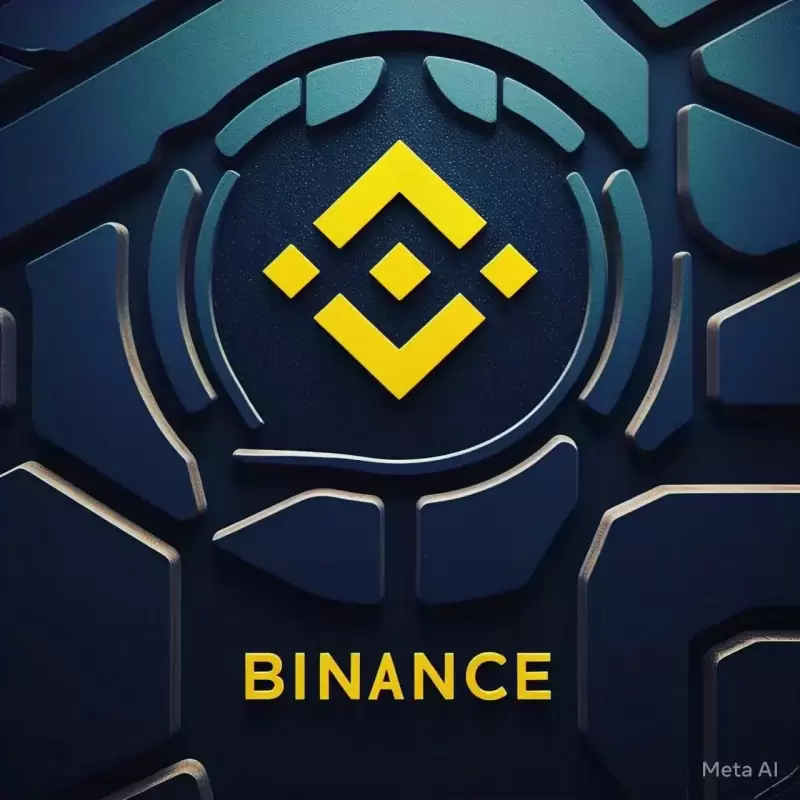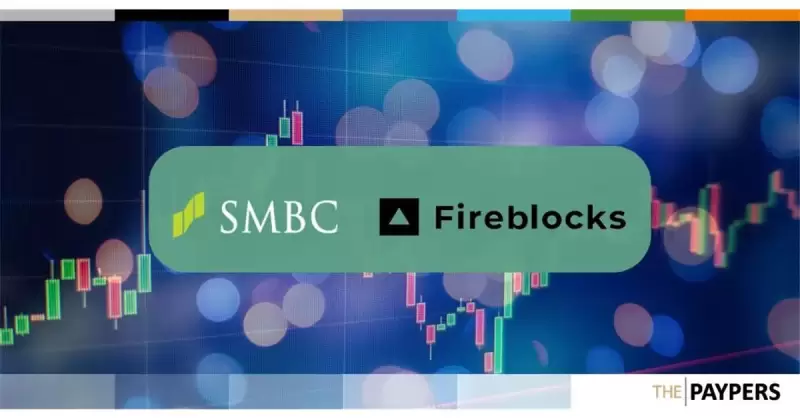 |
|
 |
|
 |
|
 |
|
 |
|
 |
|
 |
|
 |
|
 |
|
 |
|
 |
|
 |
|
 |
|
 |
|
 |
|
Kay Woo は、2015 年にニューヨークから香港に移住してからモビリティ業界への道を歩み始めました。当初、彼は国境を越えた自動車予約サービスを立ち上げました。

Kay Woo, the founder of TADA, a blockchain-based ride-hailing service, shares his entrepreneurial journey and the challenges and triumphs he encountered along the way.
ブロックチェーンベースの配車サービスである TADA の創設者であるケイ ウー氏が、起業家としての歩みと、その過程で遭遇した課題と成功について語ります。
After moving from New York to Hong Kong in 2015, Kay initially launched a cross-border car reservation service. However, with major players like Uber and Grab struggling to turn a profit, investors were hesitant to back new entrants in the ride-hailing space.
2015 年にニューヨークから香港に移住した後、ケイは当初、国境を越えた自動車予約サービスを立ち上げました。しかし、ウーバーやグラブなどの大手企業が利益を上げるのに苦戦しているため、投資家は配車分野への新規参入者を支援することに躊躇していた。
In 2018, Kay introduced a new protocol called MVL (Mass Vehicle Ledger) and chose Singapore as the first market to launch TADA, combining blockchain technology with ride-hailing. The timing was opportune as Uber had just merged its Southeast Asian operations with Grab, creating a near-monopoly in the region.
2018年、ケイ氏はMVL(Mass Vehicle Ledger)と呼ばれる新しいプロトコルを導入し、ブロックチェーン技術と配車サービスを組み合わせたTADAを開始する最初の市場としてシンガポールを選択した。ウーバーが東南アジア事業をグラブと統合し、この地域でほぼ独占状態を築いたばかりだったため、このタイミングは絶好だった。
TADA's unique selling proposition was its 0% commission model for drivers, made possible by blockchain and token economics. This approach allowed TADA to attract drivers and offer cheaper fares to customers while still growing its ecosystem.
TADA のユニークな販売提案は、ブロックチェーンとトークンの経済学によって可能になったドライバー向けの手数料 0% モデルでした。このアプローチにより、TADA はエコシステムを成長させながらドライバーを引き付け、顧客に安価な運賃を提供することができました。
Initially, TADA focused on acquiring drivers, leveraging the appeal of the 0% commission model. However, attracting users proved challenging as many were already locked into existing platforms like Grab. The COVID-19 pandemic provided an unexpected boost to TADA's growth. As overall demand for ride-hailing services decreased, drivers looked for platforms with better earning potential, and users sought cheaper options. This alignment of needs helped TADA gain market share.
当初、TADA は手数料 0% モデルの魅力を活かし、ドライバーの獲得に重点を置きました。しかし、多くのユーザーがすでに Grab などの既存のプラットフォームに固定されていたため、ユーザーを引き付けるのは困難であることが判明しました。新型コロナウイルス感染症のパンデミックは、TADA の成長に予期せぬ後押しをもたらしました。配車サービスに対する全体的な需要が減少するにつれ、ドライバーはより収益性の高いプラットフォームを探し、ユーザーはより安価なオプションを求めました。このニーズの一致により、TADA は市場シェアを獲得することができました。
While TADA doesn't charge commissions, it generates revenue through a platform fee of 60 cents per trip, similar to the “software usage fee” implemented by competitors. This fee has made the company profitable. Additionally, TADA uses a portion of its revenue to buy back its MVL tokens from the market and redistribute them to drivers as incentives.
TADA は手数料を請求しないが、競合他社が実施する「ソフトウェア使用料」と同様、旅行ごとに 60 セントのプラットフォーム料金を通じて収益を上げている。この手数料により会社は利益を上げました。さらに、TADA は収益の一部を市場から MVL トークンを買い戻し、ドライバーにインセンティブとして再配布するために使用しています。
The MVL token can be used to redeem service vouchers for ride-hailing and to pay for battery swapping services for electric vehicles in Cambodia. About 70% of the total token supply is in circulation, with the remaining 30% held by the foundation.
MVL トークンは、カンボジアで配車サービスのサービス券を引き換えたり、電気自動車のバッテリー交換サービスの支払いに使用できます。トークンの総供給量の約 70% が流通しており、残りの 30% は財団が保有しています。
After Singapore, TADA expanded into Cambodia, identifying it as a promising market due to its developed capital city and the prevalence of smartphone-based ride-hailing. In Cambodia, TADA noticed that most taxis were three-wheeled vehicles imported from India. This observation led to the company's next venture: manufacturing electric three-wheelers.
シンガポールに続き、TADA はカンボジアに進出し、発展した首都とスマートフォンベースの配車サービスの普及により、カンボジアが有望な市場であると認識しました。 TADA はカンボジアで、ほとんどのタクシーがインドから輸入された三輪車であることに気づきました。この観察は、同社の次の事業である電動三輪車の製造につながりました。
TADA launched Onion Mobility to produce electric three-wheelers (tuk-tuks) in Cambodia. This move was driven by several factors:
TADAはカンボジアで電動三輪車(トゥクトゥク)を生産するオニオンモビリティを立ち上げた。この動きは、次のようないくつかの要因によって推進されました。
1. The need to access vehicle movement data for their blockchain ecosystem
1. ブロックチェーン エコシステムの車両移動データにアクセスする必要性
2. The relatively lower technical barrier to entry for producing two and three-wheelers compared to four-wheeled vehicles
2. 二輪車および三輪車の生産は四輪車に比べて技術的な参入障壁が比較的低い
3. The opportunity to address the financial challenges faced by drivers in acquiring vehicles
3. ドライバーが車両を購入する際に直面する経済的課題に対処する機会
As of the podcast recording, TADA had delivered over 700 electric three-wheelers in Cambodia over the past two years.
ポッドキャスト収録の時点で、TADA は過去 2 年間でカンボジアに 700 台を超える電動三輪車を納入しました。
To help drivers who struggle to obtain loans due to lack of credit history or poor credit scores, TADA introduced a “Rent to Own” program. Drivers can rent the vehicles, work on the TADA platform, pay rental fees, and eventually claim ownership of the vehicle.
信用履歴の不足や信用度の低さのためにローンを組むのに苦労しているドライバーを支援するために、TADA は「Rent to Own」プログラムを導入しました。ドライバーは車両をレンタルし、TADA プラットフォームで作業し、レンタル料金を支払い、最終的には車両の所有権を主張できます。
TADA is also connecting this vehicle financing to Japanese investors. Instead of earning low interest rates from bank accounts, Japanese investors can purchase these vehicles and earn higher returns (5–10%) from the rental income paid by drivers in Cambodia.
TADA はまた、この車両融資を日本の投資家に結び付けています。日本の投資家は銀行口座から低金利で稼ぐ代わりに、これらの車両を購入し、カンボジアのドライバーが支払うレンタル収入からより高い収益(5~10%)を得ることができる。
TADA collects vehicle movement data, including location and condition. While the company doesn't solely rely on selling this data for revenue, it uses the information to provide value-added services. For instance, investors who purchase vehicles through TADA's financing program can access a dashboard showing the driver's income, location data, and driving distance.
TADA は、位置や状態を含む車両の移動データを収集します。同社はこのデータの販売のみに依存して収益を得ているわけではありませんが、その情報を利用して付加価値のあるサービスを提供しています。たとえば、TADA の融資プログラムを通じて車両を購入した投資家は、ドライバーの収入、位置データ、走行距離を表示するダッシュボードにアクセスできます。
Currently, TADA operates as a dApp (decentralized application) token. While they initially planned to move to a layer-one blockchain (either by forking Ethereum or another existing blockchain), they've shifted focus to becoming a sharp application for real-world use cases by connecting with existing blockchain infrastructure.
現在、TADA は dApp (分散型アプリケーション) トークンとして動作します。彼らは当初、(イーサリアムまたは別の既存のブロックチェーンをフォークすることによって)レイヤー 1 ブロックチェーンに移行することを計画していましたが、既存のブロックチェーン インフラストラクチャと接続することで、現実世界のユースケース向けの鮮明なアプリケーションになることに焦点を移しました。
TADA is preparing to accept crypto payments (USDC and USDT) in Singapore and is exploring integrations with smart wallet services. They're also in discussions with companies like Coinbase and Crypto.com to potentially white-label their wallet and payment gateway services.
TADA はシンガポールで暗号通貨支払い (USDC および USDT) を受け入れる準備を進めており、スマート ウォレット サービスとの統合を検討しています。彼らはまた、ウォレットや支払いゲートウェイサービスをホワイトラベル化する可能性について、CoinbaseやCrypto.comなどの企業とも協議している。
TADA is currently operating in Thailand, Cambodia, and Vietnam. They plan to expand to Hong Kong in the fourth quarter of this year, with Korea, Japan, and New York in the pipeline for the near future. In Japan, they're working on overcoming regulatory hurdles by partnering with local prefectures and existing taxi services.
TADAは現在、タイ、カンボジア、ベトナムで事業を展開しています。今年の第4四半期には香港への進出を計画しており、近い将来には韓国、日本、ニューヨークへの進出も計画している。日本では、地元の都道府県や既存のタクシーサービスと提携することで、規制のハードルを克服することに取り組んでいる。
Kay acknowledges that building TADA has been challenging, as they're essentially running three significant businesses (blockchain protocol, ride-hailing service, and electric vehicle manufacturing) that each require substantial resources. However, he emphasizes that they didn't start everything at
ケイ氏は、基本的に 3 つの重要な事業 (ブロックチェーン プロトコル、配車サービス、電気自動車製造) を運営しており、それぞれに相当のリソースが必要なため、TADA の構築が困難であることを認めています。しかし、彼は、彼らがすべてを始めたわけではないことを強調します
免責事項:info@kdj.com
提供される情報は取引に関するアドバイスではありません。 kdj.com は、この記事で提供される情報に基づいて行われた投資に対して一切の責任を負いません。暗号通貨は変動性が高いため、十分な調査を行った上で慎重に投資することを強くお勧めします。
このウェブサイトで使用されているコンテンツが著作権を侵害していると思われる場合は、直ちに当社 (info@kdj.com) までご連絡ください。速やかに削除させていただきます。
-

-

-

-

-

- 民主党は、マラソン議会の聴聞会でトランプの暗号ベンチャーを攻撃します
- 2025-04-03 19:00:15
- 彼らは、衆議院での共和党員のスタブコイン法案は大統領への大きな景品になると述べた
-

-

-

-




























































